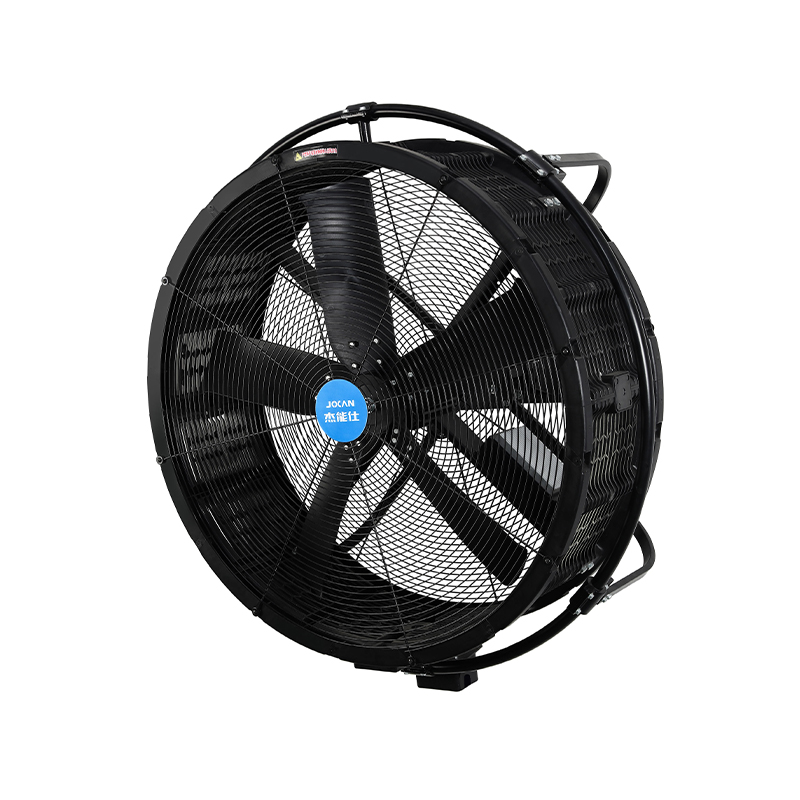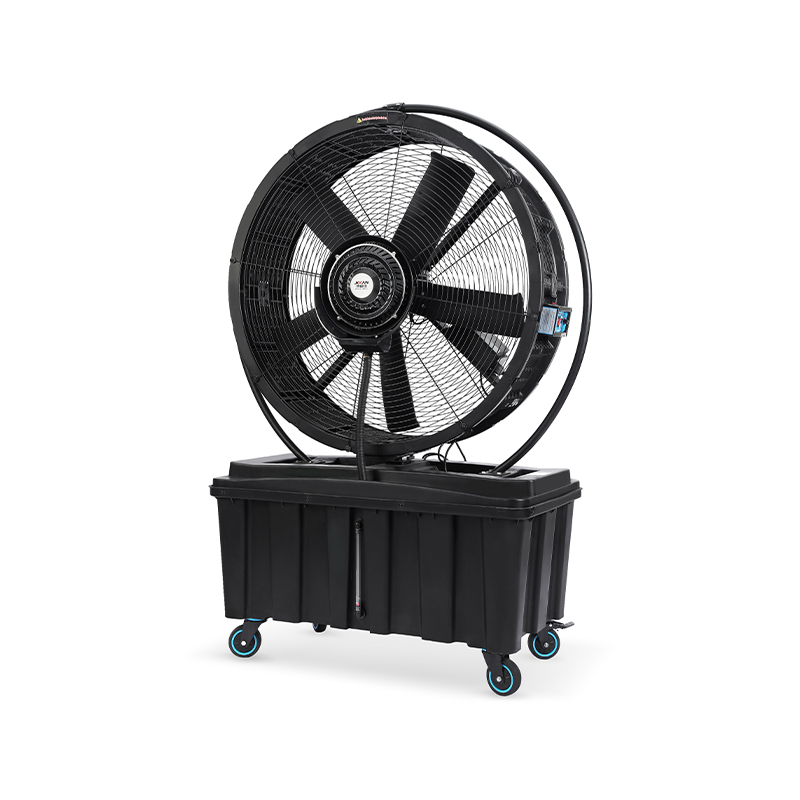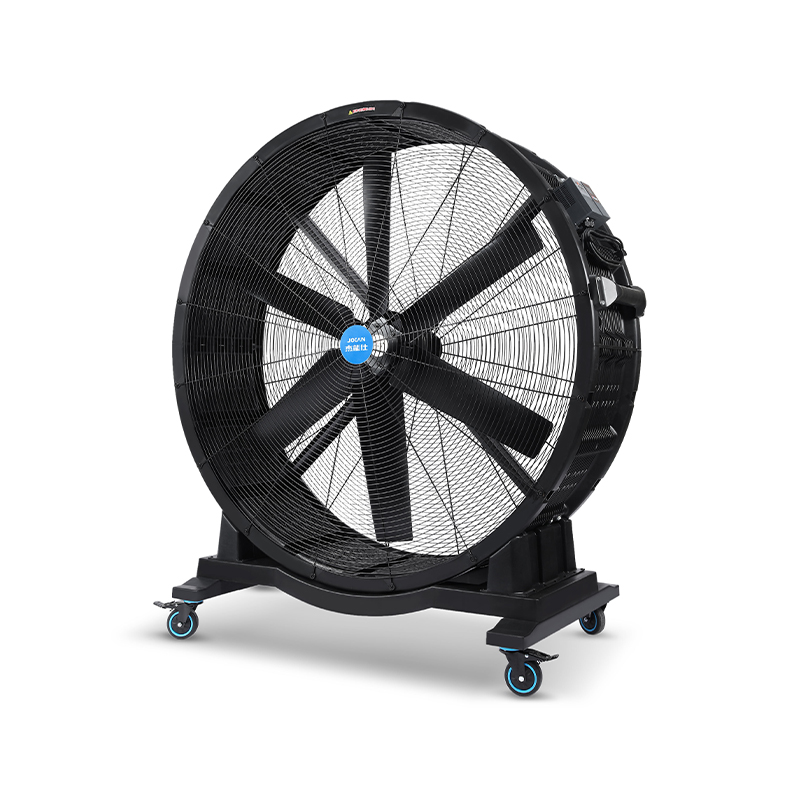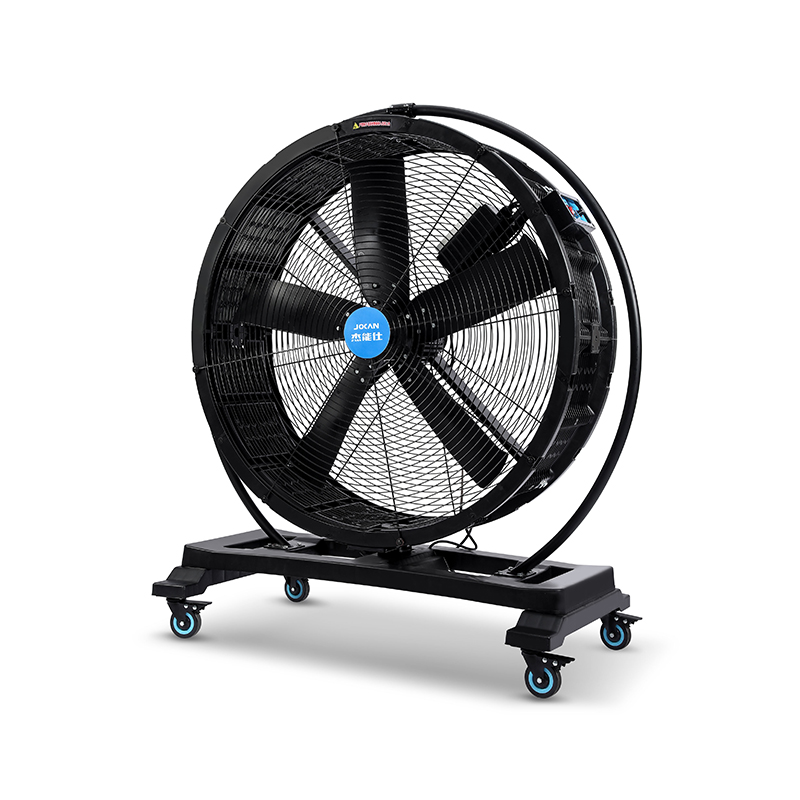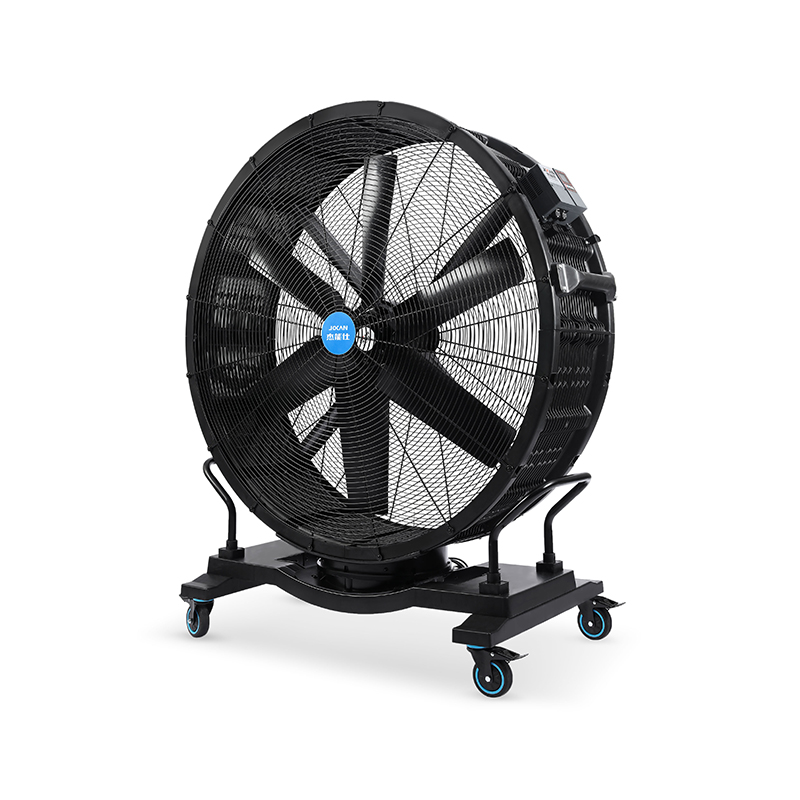In the evolving landscape of industrial ventilation, waterproof ventilation fans are gaining significant attention for their ability to extend reliable airflow solutions to outdoor and harsh environments. This advancement opens new possibilities for various industries, especially where traditional fans might fail due to exposure to moisture, dust, or bad weather conditions. Among these, products like the DC inline duct fan, large industrial fans for warehouses, and low energy fans have become essential components in creating adaptable ventilation systems that meet diverse operational needs.
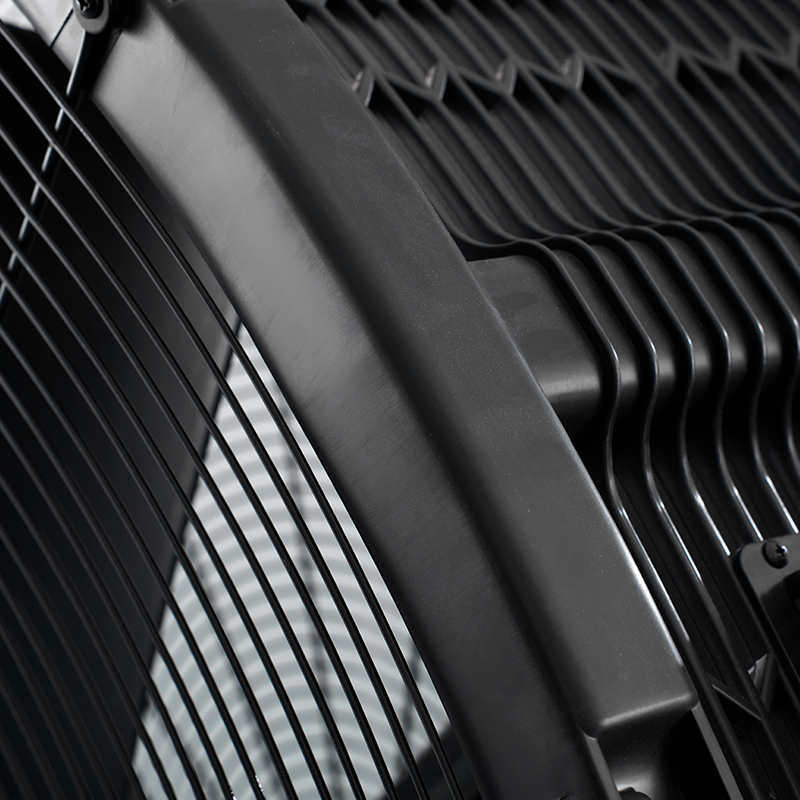
Waterproof ventilation fans are designed specifically to withstand conditions that would typically challenge conventional fan units. When installed outdoors, these fans face the risk of rain, humidity, dust, and temperature fluctuations. A standard DC inline duct fan, for example, often comes equipped with protective casing and sealed motor components, ensuring continuous operation without compromising performance. This durability allows facilities to maintain effective airflow control, even in open or semi-exposed settings.
One of the key benefits of waterproof ventilation fans is their versatility. The use of large industrial fans for warehouses in outdoor or semi-outdoor storage areas has grown steadily. Warehouses that store temperature-sensitive goods or materials requiring constant air exchange can rely on these fans to regulate air quality and temperature effectively. Large industrial fans for warehouses often feature robust blades and motors capable of moving substantial volumes of air, and when combined with waterproof features, they become well suited for rooftop or external wall installations where weather resistance is essential.
Another important aspect is energy efficiency. Modern low energy fans are designed with technology that balances airflow and power consumption, making them practical choices for long-term use in both indoor and outdoor environments. Low energy fans reduce operational costs without sacrificing ventilation performance. In outdoor settings, where fans may need to run continuously or for extended periods, the energy savings from using low energy fans can be significant. Integrating these fans into waterproof designs ensures that energy efficiency is not lost despite the added protective features.
The dc inline duct fan is particularly favored in outdoor ventilation systems for its compact size and ability to fit within ductwork while maintaining efficient airflow. Its waterproof variants allow for installation in environments such as external ventilation shafts, outdoor air intake points, or even agricultural buildings exposed to weather elements. This flexibility extends the range of applications where DC inline duct fans can be used, providing reliable airflow management while addressing environmental challenges.
Large industrial fans for warehouses also contribute significantly to outdoor ventilation applications beyond traditional storage spaces. For example, manufacturing facilities with open-air work areas or outdoor loading docks benefit from these fans' capacity to circulate air over large spaces. Waterproof models of these fans enable operation despite rain or dust, thus supporting worker comfort and safety by preventing heat buildup and reducing airborne contaminants.
Low energy fans' appeal lies not only in cost-effectiveness but also in environmental considerations. Companies and facilities aiming to reduce their carbon footprint find that using low energy fans within waterproof ventilation systems aligns with sustainability goals. These fans typically employ brushless motors or electronically commutated designs, which enhance efficiency while maintaining stable performance across a variety of outdoor conditions. When incorporated into waterproof housings, low energy fans become durable and responsible choices for maintaining consistent airflow outdoors.
Moreover, the combination of waterproof design and efficient fan types such as the dc inline duct fan, large industrial fans for warehouses, and low energy fans helps address maintenance challenges. Outdoor fans are prone to dirt accumulation and moisture ingress, which can advance to frequent servicing if not properly protected. Waterproof features help reduce the risk of corrosion, motor damage, and other wear issues, thereby extending fan lifespan and reducing downtime.
The expanding use of waterproof ventilation fans is evident in several sectors beyond warehousing and industrial manufacturing. Agricultural facilities, outdoor commercial kitchens, parking garages, and even sports arenas use these fans to manage airflow in challenging environments. The ability to deploy dc inline duct fans and large industrial fans for warehouses outdoors without fear of weather-related failures improves operational flexibility and supports better environmental control.
In conclusion, waterproof ventilation fans are expanding the horizons of where ventilation equipment can be effectively deployed. The inclusion of reliable components such as the DC inline duct fan, large industrial fans for warehouses, and low energy fans within waterproof designs supports durable, efficient airflow solutions in outdoor settings. These fans meet the growing demand for systems that can endure exposure while delivering consistent performance, energy savings, and reduced maintenance. As industries continue to seek practical and sustainable ventilation options, waterproof fans are positioned to play an increasingly important role in outdoor air management.
 Add: Plot 23, Huanglang Industrial Zone, Jinqing Town, Luqiao District, Taizhou City, Zhejiang Province
Add: Plot 23, Huanglang Industrial Zone, Jinqing Town, Luqiao District, Taizhou City, Zhejiang Province
 TEL: +86-13586083215
TEL: +86-13586083215

 English
English English
English عربى
عربى 한국어
한국어


